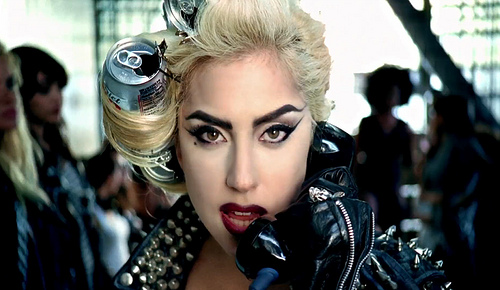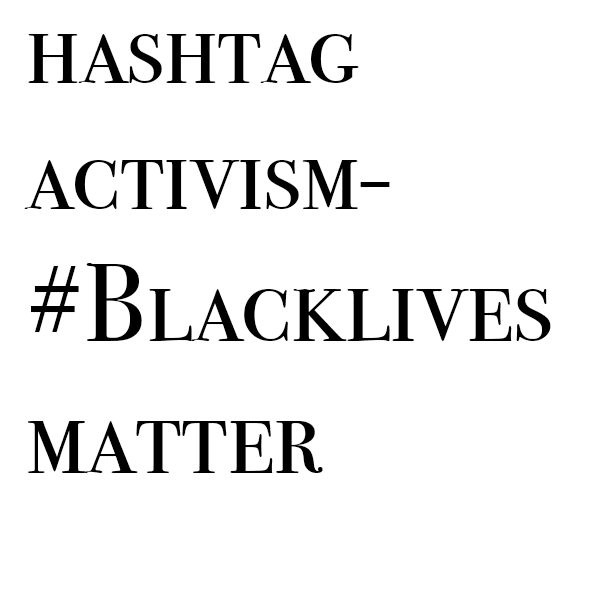Celebrity Activism
Celebrity activism has been slowly growing, more celebrities want more attention and fame, and getting involved in activist movements is a way to bring themselves more media attention. However, it also brings a lot of awareness to the movement or charity. Although some celebrities do become involved in activism for more media attention, some celebrities do use their platform to educate. It has become easier for celebrities to become involved in these movements, as they were previously controlled by their agents or PR, but social media has enabled celebrities to take control of the causes and movements they want to support.
Celebrities bring:
- Awareness
- Political Lobbying
- Fundraising
“Celebrity icons are very often the public faces of wider movements”
Rojeck (2002)
It has been researched that the public is more likely to become involved and support movements whose celebrity endorsers had a sincere commitment. (Samman et al, 2009)
Lady Gaga has been involved with many activist movements since she rose to fame in 2008. However, most notably she has been very involved in activism against the ‘Don’t Ask, Don’t Tell’ campaign. One of her big activist movements was wearing the famous meat dress to the MTV Video Music Awards, there were many different interpretations of the dress, including Rojek (2002) suggesting that it could have been considered a ‘feminist movement’, she could have worn the dress to represent how women are treated in the music industry: like a piece of meat. However, she later stated that it was in support of the ‘Don’t Ask, Don’t Tell’ policy. The policy meant that LGBTQ+ people who were serving in the US military were unable to disclose their sexuality or talk about their relationships (even if they were married etc).

Lady Gaga, not only wore this dress in support of a repeal of this policy, she also posted a video of her trying to phone her senator to demand change (but she is unable to get through), she encourages her fans to ‘phone their senators to ask them to vote for the repeal of the policy’. (Framing, 2013) Her fans did this, some getting through and some not, but they not only posted online of themselves phoning their senators, but they also encouraged their friends and family to do the same. By doing this Lady Gaga, not only reached her fans, but she reached a wider audience in trying to repeal this policy. Later on, the policy was finally repealed.
“However, the use of social media platforms such as Twitter, Facebook, YouTube and Tumblr by celebrities to communicate with their fans is now becoming an increasingly widespread occurrence”
Duit, L; Zwaan, K (2014)
However, there are always risks when associating celebrities with a charity or a movement. This is clearly seen by Naomi Campbell’s association with PETA. She appeared on an advert stating, “we’d rather go naked than wear fur”. After this, she wore fur at the Milan Fashion show in 1997, she claimed: “it’s only fashion, I don’t know what the fuss is about”. PETA lost all credibility for their campaign and to this day the battle between PETA and Naomi Campbell still rages.
Bibliography:
Duit, L; Zwaan, K (2014) The Ashgate Research companion to Fan Cultures, Farnham: Ashgate
Framing, RE (2013) Examining celebrity activism and social media: Lady Gaga Fandom and Don’t Ask, Don’t Tell, Accessed online 25th March 2019 http://reframe.sussex.ac.uk/activistmedia/2013/05/examining-celebrity-activism-and-social-media-lady-gaga-fandom-and-dont-ask-dont-tell/
Rojek, C (2002) Fame Attack: The inflation of Celebrity and its consequences, London: Routledge
Samman, E, Auliffe, EM, MacLachlan, M (2009) The role of celebrity in endorsing poverty reduction through international aid. International Journal of Nonprofit and Voluntary Sector Marketing




